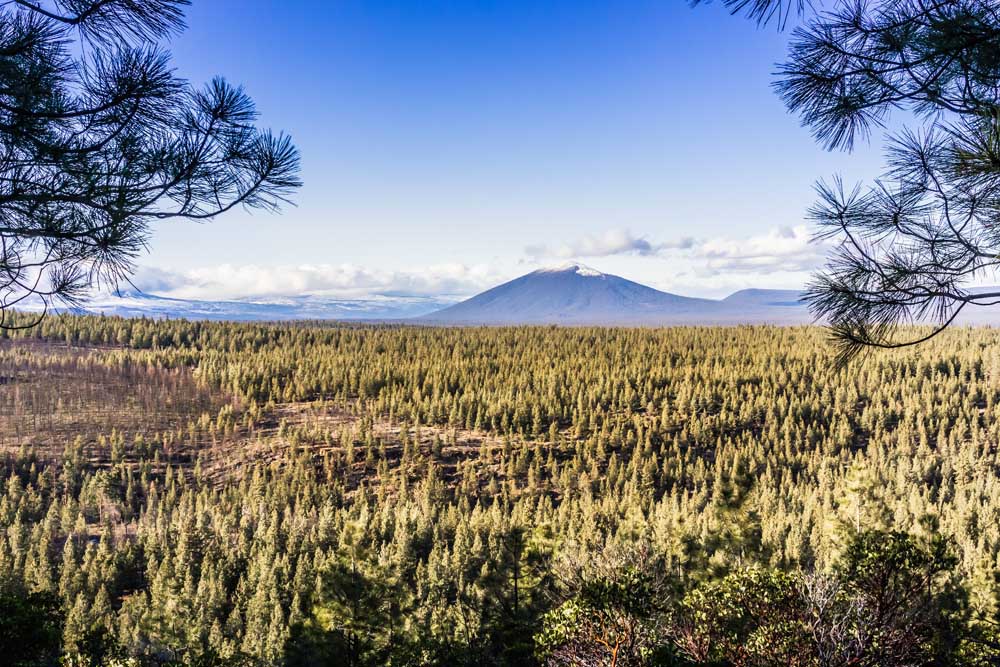Enjoy the moon, stars with binoculars
Published 4:00 am Wednesday, February 20, 2013
Viewing the night sky is one of my favorite pastimes. I rarely ever use a telescope except for solar viewing, which requires specialized equipment. A good pair of binoculars is one of the handiest accessories for the astronomer, hunter, sportsman, traveler, birdwatcher and nature lover. Whether you want to get a better view of the local football game or find a big buck across a canyon, a good pair of binoculars is often indispensable. The night sky will come alive with objects you have never seen before with binoculars.
Binoculars are classified using two numbers, such as 7×50. The first number, 7, represents the magnification. You’ll be able to see an object seven times better than the naked eye. The second number represents the size of the objective lens. A pair of 7×50 binoculars has a magnification of 7 and the front lens is 50mm in diameter. I consider a 7×50 to be the perfect instrument for star-gazing. Most military binoculars are 7x50s. You must remember that the higher the magnification, the less steady the view. And, the larger the binoculars, the heavier the binoculars.
To combat jiggling of the image, image stabilization (IS) binoculars are available. The starting price for these instruments is around $1,200. A good pair of regular waterproof, high-quality hunting and astronomy binoculars starts at about $280. You may find cheaper ones, but poor optical glass will give you color aberration of orange and blue around some objects. Caution: Do not use binoculars to look at the sun unless you have solar filters over the objective lenses.
The best place to view the night sky with binoculars is lying on a flat surface, like a chaise lounge, under a clear night sky. You can prop the binoculars up from the arms of the chair. Cover up with a sleeping bag or a heavy quilt, relax with your favorite beverage and enjoy looking at the craters and mountain ranges on the moon, Jupiter’s moons and some deep sky objects. To help with identifying objects, use a planisphere and star atlas.
— Bill Logan is an expert solar observer and a volunteer amateur astronomer with University of Oregon’s Pine Mountain Observatory. He lives in Bend. Contact: blogan0821@gmail.com.






